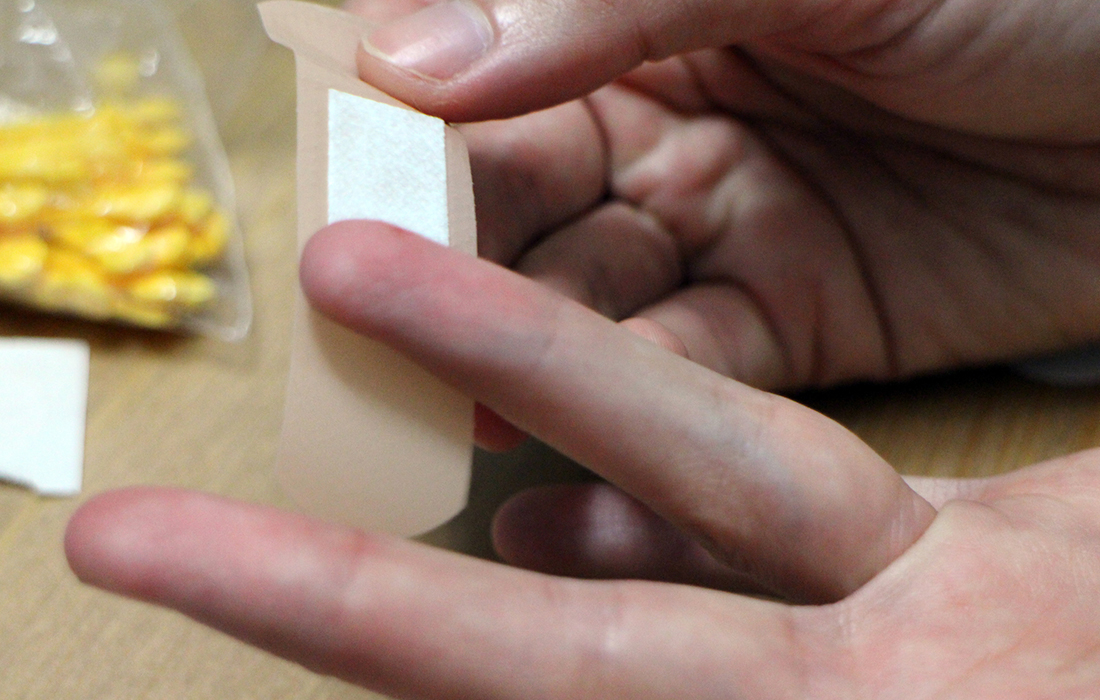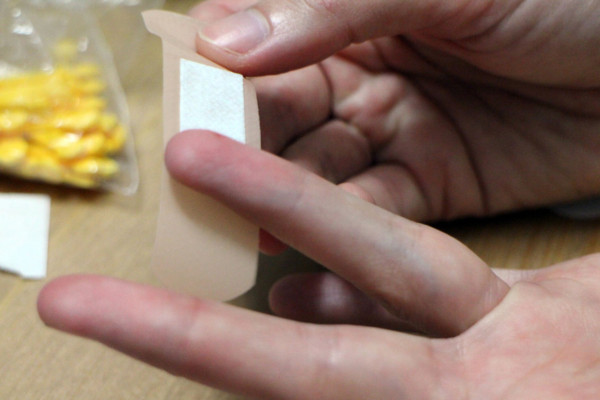What are Skin Closures?

What are Skin Closures?
When you have a particularly bad cut or deep wound, you need to dress it properly to prevent infection and allow the wound to injury to heal properly. Skin closures help you achieve this goal by giving a barrier to prevent outside contaminants from entering the wound while also remaining porous enough to allow the wound to heal. Many people also know skin closures as wound closure strips, and they are usually used with wounds in which a simple adhesive strip or cloth bandage will not suffice. Here are some important things to know about skin closures and their proper use.
How Do You Use Skin Closure Strips?
You usually apply a wound closure strip with a significant cut or deep wound that won’t close without outside help. This means that you will have to physically push the sides of the wound closed yourself. Some people might feel squeamish in this situation. If you don’t feel that you can handle the thought of physically pushing your wound together yourself, you should ask for assistance from somebody you trust. Applying skin closures is usually a painless process, but you should always keep your comfort level relative to the situation at hand in mind.
To apply a wound closure strip, you first need to line up the edges of the wound. Once you have done that, gently push the edges together to close the wound as completely as possible. Then apply half of the wound closure strip to one side of the wound, passing the strip to the other side once it is secure. You should begin applying skin closures at the middle of the wound to make sure that they hold the two sides together effectively. From there, place additional skin closures alternately on each side of your original closure. This keeps the tension equal throughout the process. If the wound is large enough to require multiple skin closures, place two additional strips horizontally along each side of the wound to maintain the necessary tension and keep the closures you used in place.
How Long Do Wound Closure Strips Stay On?
If a healthcare provider gives you specific instructions about when to remove or change skin closures, you should make sure to follow these directions closely. Under normal circumstances, skin closures come off in five to seven days. They may come off on their own, or you might choose to remove them after a week has passed. In some cases, certain skin types of activity levels can cause wound closure strips to come off early. If your skin closures come off before the wound is fully closed and healed, you should probably apply new closures. If the wound looks good and you feel comfortable, you may be able to resume activity normally even if the strips come off slightly earlier than expected.
If you notice an odd odour coming from beneath your skin closures, feel pain whenever something comes into contact with the strips, or notice a strange coloration around the wound, you should consult a healthcare provider at your earliest opportunity. These items often indicate that you may have an infection. Note that a little bit of discomfort is not always unexpected. However, if the discomfort doesn’t get better with time or grows in intensity, ignoring the need for medical assistance might lead to more pain and problems further down the road.
What is the Adhesive in Steri Strips?
Skin closure strips usually combine an alcoholic solution with a compound known as benzoin as part of their adhesive. The alcohol kills bacteria and makes sure that the wound is clean so it doesn’t get infected. The benzoin serves as the main adhesive but also acts as a soothing agent for the wound itself and the skin around it. Combined, these agents keep the wound clean, prevent irritation, and keep the adhesive strong while it is attached to the skin. The dressing itself is porous, which allows the skin to breathe and the wound to heal as quickly as possible.
Benzoin is a resin that comes from the bark of certain trees. It can be found in many different compounds, including some cosmetics. Also known as gum benzoin, it is an organic compound that very few people are allergic to. If you seem to have an allergic reaction to a Steri strip, you should consult a healthcare professional as soon as possible. The organic nature of benzoin makes for an environmentally friendly adhesive that does not irritate the skin even when left on a wound for several days at a time.
Can Steri Strips be Left on Too Long?
Steri strips use natural materials, including benzoin and organic latex, in their design to maintain safety and comfort during prolonged skin contact. Although they are meant to be removed after five days to one week, they can be left on longer if desired. Doing so, however, might lead to the wound healing less rapidly. In extreme circumstances, leaving a Steri strip on for far too long might lead to scarring as the wound takes too long to heal.
When your wound is ready, you need to remove your skin closures in order to expose your skin to air. This helps the wounded area dry out—skin closures do their job of keeping the area moist and covered during the healing process, but there comes a time when a different environment becomes necessary. Bacteria grows in moisture, and the alcohol used in the adhesive part of a wound closure strip only remains effective for so long. Leaving a Steri strip or any other covering on for much longer than a week provides the type of environment that causes bacteria to thrive. By contrast, exposing the healed wound to open air allows scabs to dry out and eventually fall off on their own.
Healing a wound properly takes time and the right environment. Skin closures exist to make sure that the skin heals together properly without scarring or infection. Keeping the information above in mind can help you heal very well.



